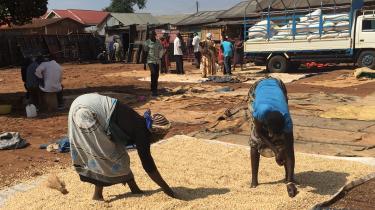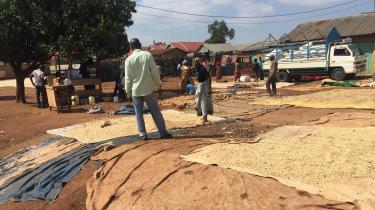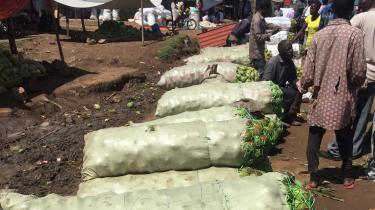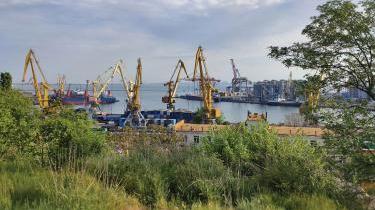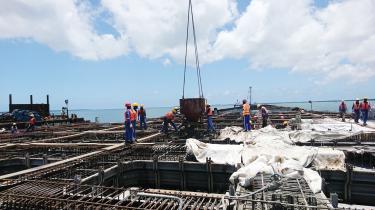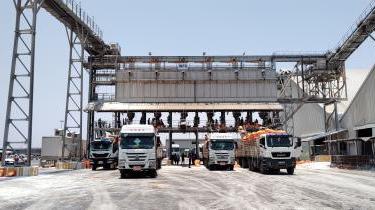Trade and Logistics Clusters (TLCs) are a first-of-its-kind programme being implemented by TradeMark East Africa (TMEA) in Uganda and elsewhere in the region to support growth and job creation. TLCs are geographic nodes that offer opportunities for increased manufacturing production, enhanced trade, efficient logistics and transport systems and hence better jobs and incomes. Triple conducted a pre-feasibility study and designed an agro-logistics cluster at the Busia cross-border point to Kenya.
Kenya is Uganda’s largest trading partner, accounting for around 17 per cent of Uganda’s total exports (US$694 million in 2017). Nearly 80 per cent of these exports are traded through the Busia cross-border point, comprising mainly agricultural items such as cereals and horticulture. However, infrastructure in this area is poor and traders lack facilities to process, consolidate, store, package and transport agricultural items.
TMEA, a multi-donor funded development agency that promotes prosperity through trade, is therefore providing support for improved infrastructure in the area and integrated supply chain and logistics management to increase the value and volume of trade, and generate opportunities to attract private investments. This builds on TMEA’s earlier work including a One Stop Border Post (OSBP) that aims to make trade more cost and time effective.
A Triple Line team, bringing relevant experience of delivering infrastructure master plans in East Africa and networks and government partners in Uganda, is working with TMEA to design this project, drawing on a track record in designing urban and industrial infrastructure as well as implementing market systems development programmes.
Over a 10-month period, our team analysed existing trade across the border at Busia and, on the basis of our findings, identified priority value chains that held potential for creating maximum impact in terms of jobs and growth. Working with stakeholders including the Busia District Government, the Ministry of Trade, Industry and Cooperatives, traders, brokers and transporters, we assessed the constraints within those value chains to help identify points of entry for a Busia agro-logistics cluster. We estimated the investment required to implement those interventions, in order to determine the commercial viability of the cluster.
The onset of Covid-19 posted significant challenges to the market sounding exercise, which required an iterative approach and a round of virtual consultations
By this time, the onset of Covid-19 posed significant challenges to the next stage of our work, which was to carry out a market sounding exercise among potential investors and financiers to gauge their interest and incentives in investing. We identified key players in the agro-logistics industry (particularly in grains and horticulture value chains) based on their investment appetite and experience in Uganda and elsewhere with investing in and operating similar facilities. We also identified financiers including private commercial banks and development finance institutions with experience of financing similar projects in East Africa. We communicated the investment opportunity to them through a flyer and Project Information Memorandum. We then needed to engage in an iterative approach and virtual consultations to complete the market sounding and provide further detail to interested investors of, for instance, land availability, fiscal incentives and commercial viability.
Our analysis and consultations informed the design of a proposed agro-logistics cluster at Busia including infrastructure for value-addition, storage (silos and cold warehouses), packaging and third-party logistics services. The facility requires an investment of about US$12 million and has the potential to create 7,000 formal and informal jobs and generate annual exports of US$200 million.
Credit: photos by Saloni Shah
The photos used in the title of this case study were taken during primary research, and they show the 'as-is' situation at the border – sun-drying maize and loading items into trucks.
